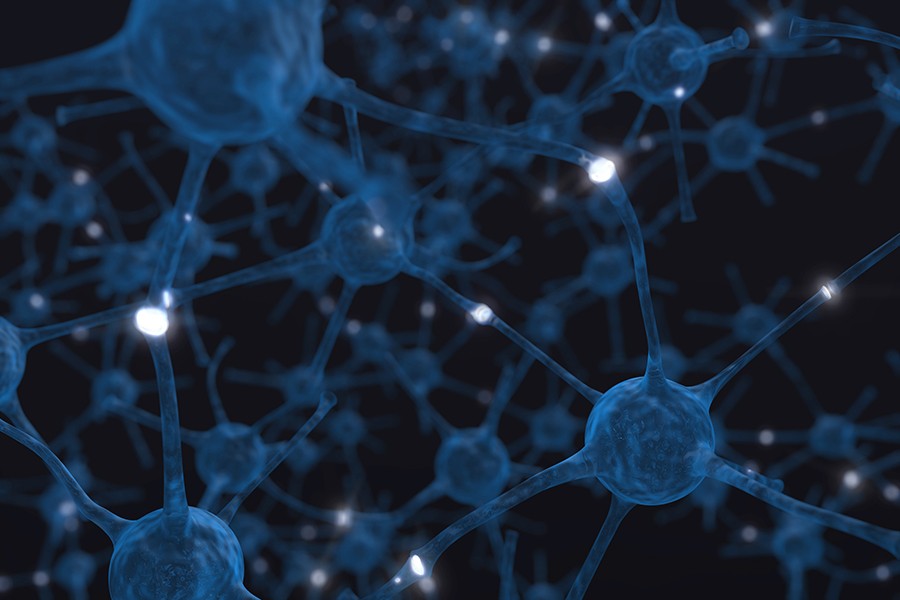Researchers at Johns Hopkins report that they have identified rare genetic variations in a protein called Thorase that may be linked to some behavioral disorders, perhaps including schizophrenia.
Thorase is responsible for breaking down receptors at the connections between neurons in the brain. By targeting Thorase's function, the scientists say they have successfully reversed anti-social behavior in genetically modified mice. The findings are described online in the journal Science Translational Medicine.
Valina Dawson, professor of neurology in the Johns Hopkins University School of Medicine's Institute for Cell Engineering and one of the study's lead authors, cautioned that the gene variants in her research are very rare and that more research must be done to verify Thorase's role in schizophrenia.
Dawson and her colleagues at Johns Hopkins discovered the Thorase protein in 2011. Because of its role in breaking down receptors at the connections between neurons—a function that is often compromised in patients with schizophrenia—they named Thorase after Thor, the Norse god of thunder.
"Thorase regulates chemical receptors on neurons by taking them apart when their job is done," Dawson explains. "If Thorase isn't functional, those receptors don't get disassembled and neurons become overexcited."
To learn if such overexcited neurons were linked to human mental disorders, Dawson and her team first sequenced the gene that carries the instructions for making Thorase. A deletion or substitution in the DNA sequence encoding a protein will change its function. The team used DNA from blood cells taken from 712 people diagnosed with schizophrenia and 649 people without the disorder. All samples were taken at Johns Hopkins hospitals.
The scientists found three rare gene variants in five people among the entire group. Two variants occurred in patients diagnosed with schizophrenia and a third variant was found in two males with schizophrenia and one female control. The researchers found that genetic changes found in these patients decreased Thorase's ability to do its job.
To learn more about the behavioral impact of these variants, Dawson's team genetically engineered groups of mice, each expressing one of the three variants.
About 36 mice with Thorase variants were exposed to various cognitive and social challenges, such as new environments and unfamiliar mice.
When placed in a new environment as part of an experiment, the mice with the Thorase variants explored less of their surroundings and showed signs of higher anxiety than control mice. Dawson says this may be an indication of defects in their spatial reasoning—that is, their ability to navigate their surroundings.
Similarly, in social interactions with newly introduced mice, normal mice typically spend more time investigating newcomers compared to mice already familiar to them, says George Umanah, first author on the study and assistant professor of neurology at the Institute for Cell Engineering. Mice with the Thorase variants split their time evenly between the familiar mice and the unfamiliar mice and eventually showed preferences for being alone in an empty part of the cage. This preference for isolation is also found in humans with schizophrenia.
Mikhail Pletnikov, a professor of psychiatry and behavioral sciences and an animal behavior expert on this study, cautions that while behavioral assays such as these are indicative of biological changes in mouse brains, they cannot serve as precise parallels for human disease. But the changes do offer support for considering Thorase as a factor in some brain disorders.
"If we understand how Thorase behaves across functions in the brain," Umanah says, "we might be able to take a more holistic, multi-target approach to treating schizophrenia."
Posted in Health
Tagged mental health, neurology, schizophrenia










